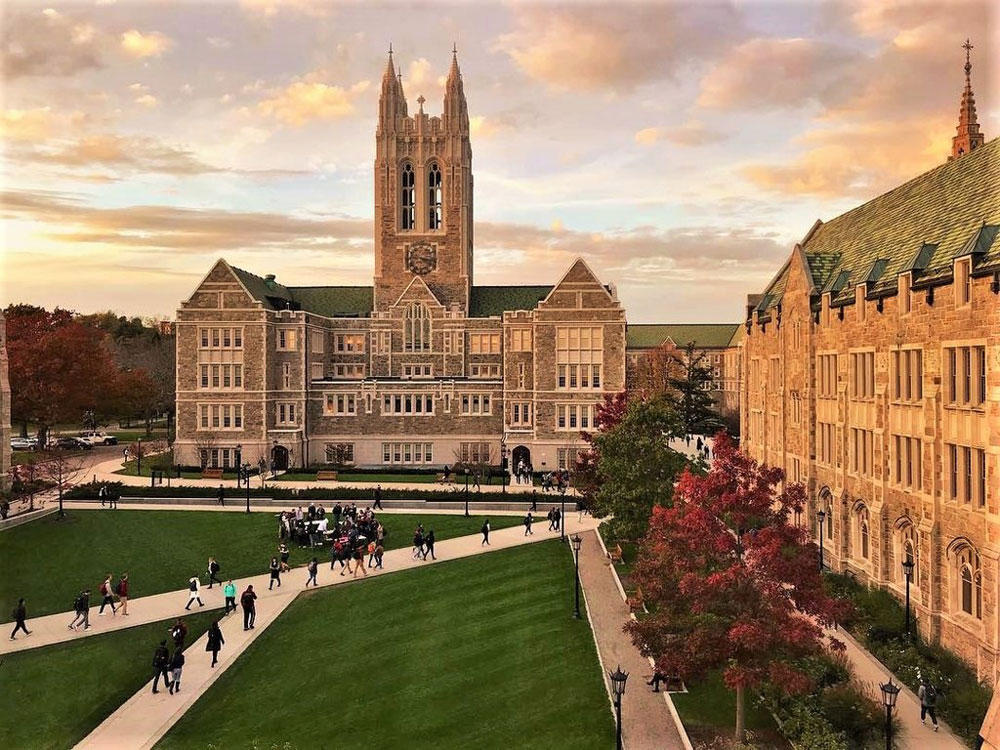
Cities with more than the usual number of large nonprofit institutions that subsist off the property tax rolls must deal with issues of tax fairness. Having enough property that’s covered by city services but not paying into those services can overwhelm the city and its residents, an unwise move where you are dependent on the goodwill of the people.
In Boston, home to many internationally prestigious universities and hospitals which, along with government entities that are also tax-exempt, occupy about half of the land, resentment has been brewing for years. Yet some of those that agreed to voluntary payments in lieu of taxes (PILOTs) continue to tempt fate by acting like deadbeats in a situation that requires a little institutional honor.
Boston’s PILOT program may be the most talked about model in the country, but that doesn’t mean it works well. Forged collaboratively by the Thomas Menino administration and the expansionist “eds and meds” of the city nine years ago, the agreed-upon formula is only being met by a quarter of the institutions to which it applies, and Mayor Marty Walsh and the city council are about done with that.
Walsh has made it known that he wants 100-percent participation, three of the councilors have filed a reform ordinance, and the new city council president Kim Janey promised during her inaugural address that she will convene a committee to evaluate the program.
Sign up for our free newsletters
Subscribe to NPQ's newsletters to have our top stories delivered directly to your inbox.
By signing up, you agree to our privacy policy and terms of use, and to receive messages from NPQ and our partners.
Lest you think anyone is being picked on, the current system only applies to nonprofits with more than $15 million worth of real estate, and those institutions are supposed to pay 25 percent of what would have been owed if they were not nonprofit. On top of that, they are allowed to reduce that payment by half if they claim to have provided an equal amount in community benefits, a provision that irks many. A watchdog report released last summer found that not even 25 percent of the eligible nonprofits paid the full amount. The highest rate of payment ever, in fact, was in 2012, when a little less than half honored their commitments.
But that is not the only point of friction. None of the property evaluations have been updated since 2010, and even as the hospitals have other guidelines that encourage them to prove a certain level of community benefit, the same cannot be said for colleges and universities, which take impolitic advantage of the lack thereof, building on their already enormous endowments while disrespecting city residents by refusing to pay their host city what they owe.
This results in far greater compliance from the health than the education sector, as we have discussed previously.
The councilors stress that they want this review of PILOT to be amicable, not confrontational. But some institutions are more likely to go along than others. Boston College, for example, contributed $358,000 in cash last year, or 10 percent of the total request. As a Jesuit Catholic university committed to service, spokesman Jack Dunn said, BC officials believe the best way to help the city is through more than $30 million in community benefits it provides annually instead of PILOT participation.
And apparently, they just don’t care if anyone else sees the situation in the same way. Boston College’s endowment was around $2.4 billion in 2017. This, of course, may come back to bite them in the hindquarters.—Ruth McCambridge











